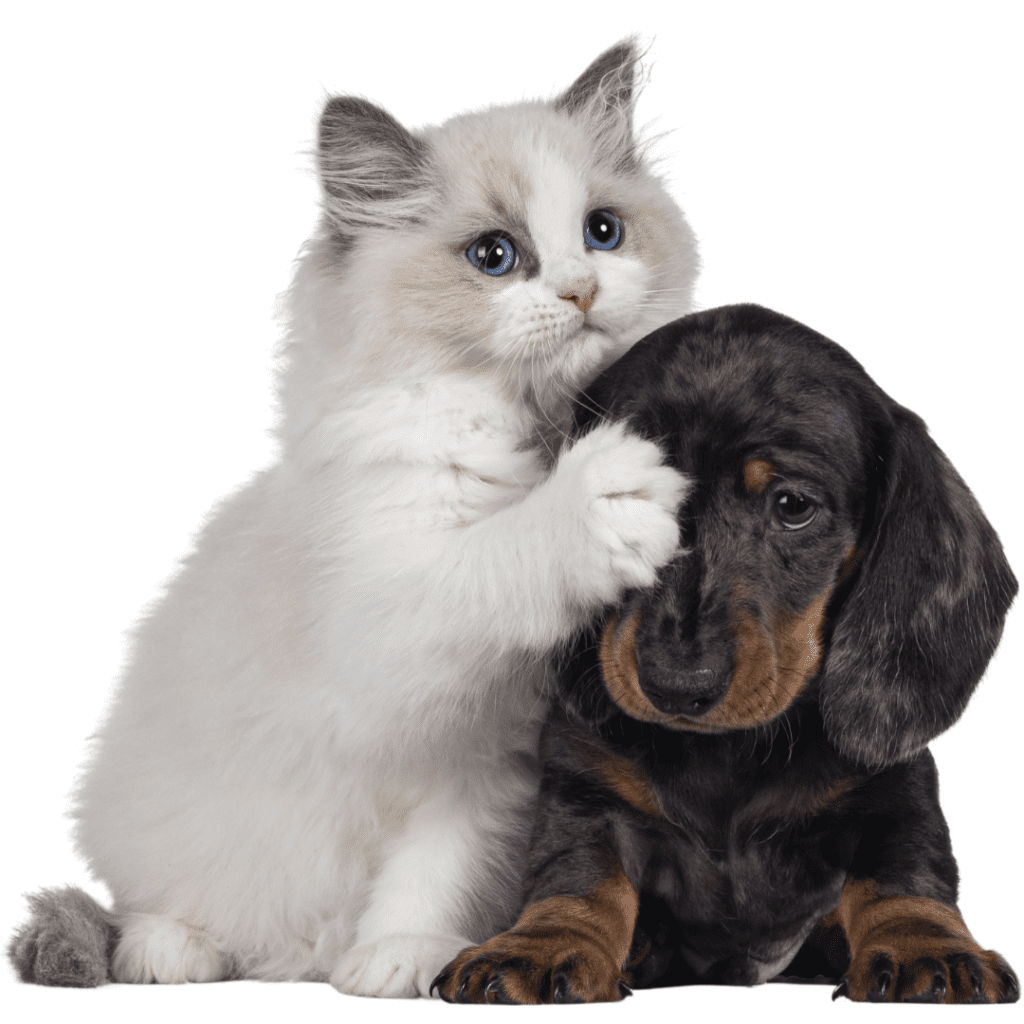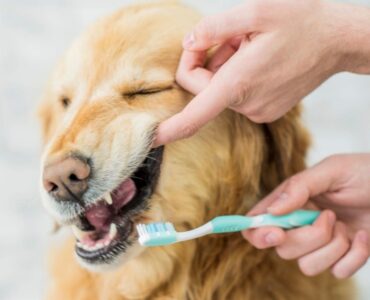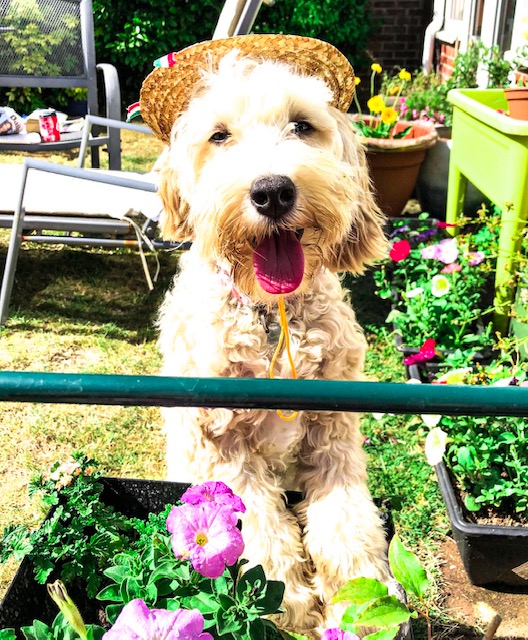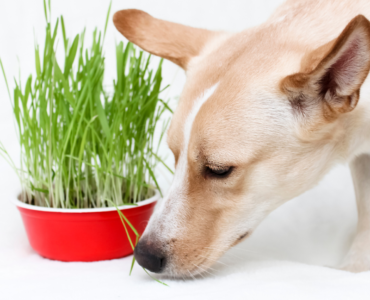
Creating a pet-friendly home and garden is not just about providing a comfortable environment for your furry friends, but also ensuring their safety and well-being. From selecting pet friendly plants to implementing safety measures, there are numerous steps you can take to make your space a safe an enjoyable environment both you and your pets.
Choosing Pet-Friendly Plants:
When it comes to indoor plant safety it is essential to consider ones that are safe for your pets. Some pet-friendly plants include:
- Spider Plant: Known for its air-purifying properties, spider plants are safe for both cats and dogs.
- Boston Fern: This lush, green plant is non-toxic to pets and adds a touch of elegance to any space.
- African Violet: With its vibrant flowers, African violets are pet friendly and add beautiful colour to your home.
- Bamboo Palm: This tropical plant is safe for pets and adds a tropical vibe to your space.
However, there are also several plants that are toxic to pets and should be avoided, including:
- Lilies: Lilies are highly toxic to cats and can cause kidney failure, so it’s best to keep them out of your home if you have feline friends.
- Aloe Vera: While aloe vera has many benefits for humans, it can be toxic to pets if ingested, causing vomiting and diarrhoea.
- Philodendron: Philodendrons are a popular houseplant, but they contain calcium oxalate crystals, which can irritate your pet’s mouth and throat if ingested.
- Sago Palm: All parts of the sago palm are toxic to pets and can cause vomiting, diarrhoea, and even liver failure if ingested. Definitely not a pet friendly plant and one to avoid.
Safety Measures for a Pet-Friendly Home:
In addition to choosing pet-friendly plants, there are several safety measures you can implement to make your home and garden safe for your pets:
- Secure Your Garden: Make sure your garden is securely fenced to prevent your pets from wandering off or encountering potential hazards like toxic plants or sharp objects.
- Hide Electrical Cords: Keep electrical cords out of reach or secure them with cord protectors to prevent your pets from chewing on them and getting electrocuted.
- Store Chemicals Safely: Store household cleaners, pesticides, and other chemicals in cabinets or high shelves where your pets can’t access them.
- Provide a Safe Haven: Create a designated space in your home where your pets can retreat to when they need some alone time or feel anxious.
- Use Pet-Safe Products: opt for pet-safe cleaning products and pesticides to minimise your pet’s exposure to harmful chemicals.
- Investing in a stair gate: A great investment which offers peace of mind and safety benefits for both your pets and your household. Not only does it prevent curious young animals from accidentally venturing outside and potentially getting lost or injured, but it also helps establish boundaries within your home. Stair gates serve as effective barriers, especially in multi-level homes, ensuring that your furry companions remain in a pet friendly, safe and supervised area while still allowing them to explore and play freely. Additionally, by restricting access to staircases and other potentially hazardous areas, such as kitchens or bathrooms, a stair gate will help to minimise the risk of accidents and promote a secure environment for your pets to thrive during their crucial developmental stages.
- Open Windows and Balconies: Another crucial pet safety tip for the home is to be mindful of open windows and balconies, especially if you live in a high-rise apartment or have upper-level windows. Pets, particularly cats, are naturally curious and may be tempted to jump or climb onto window ledges or balconies. Ensure that all windows are securely screened or fitted with pet-proof barriers to prevent accidental falls or escapes. Additionally, consider keeping windows closed or supervised when pets are nearby to avoid any potential accidents. By taking these precautions, you can significantly reduce the risk of falls and keep your pets safe indoors.
By following these tips and making informed choices about the plants and products you use in your home and garden, you can create a safe, pet friendly and enjoyable environment for your pets to thrive in. With a little planning and attention to detail, you can transform your space into a haven where both you and your furry friends can live happily together.




